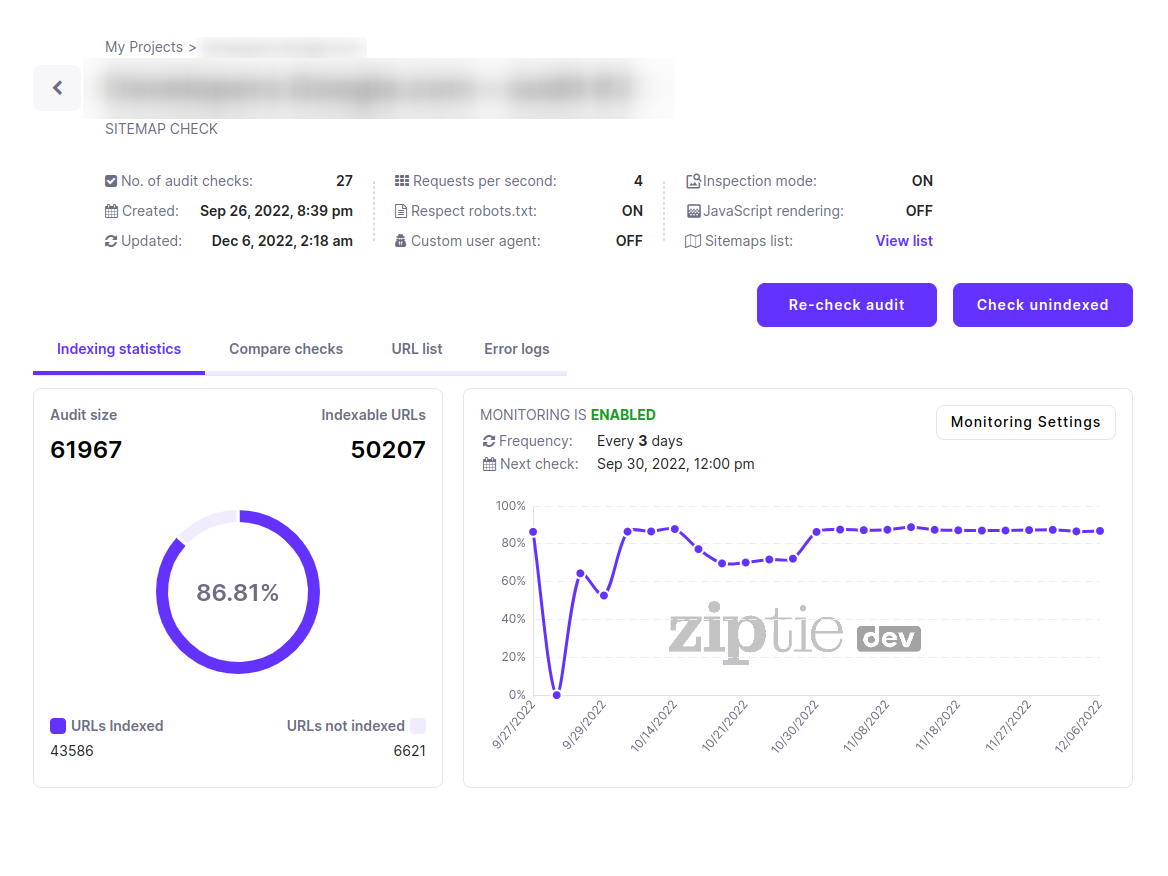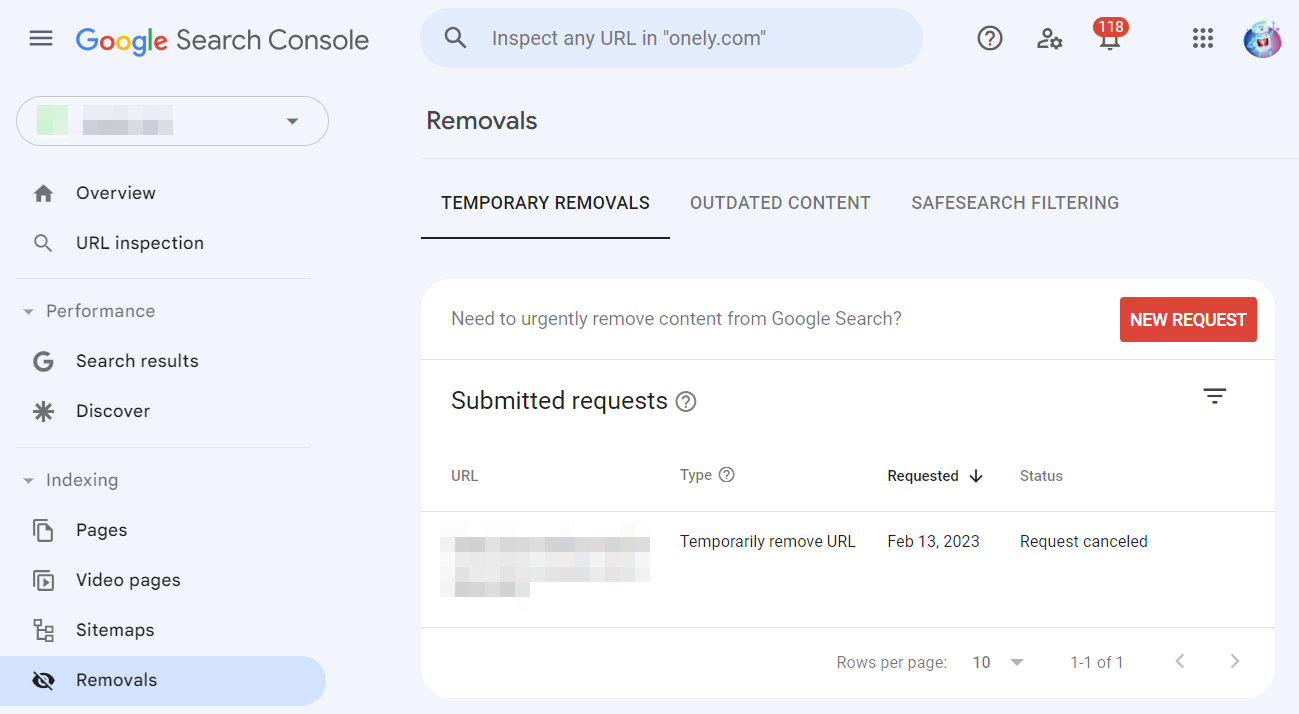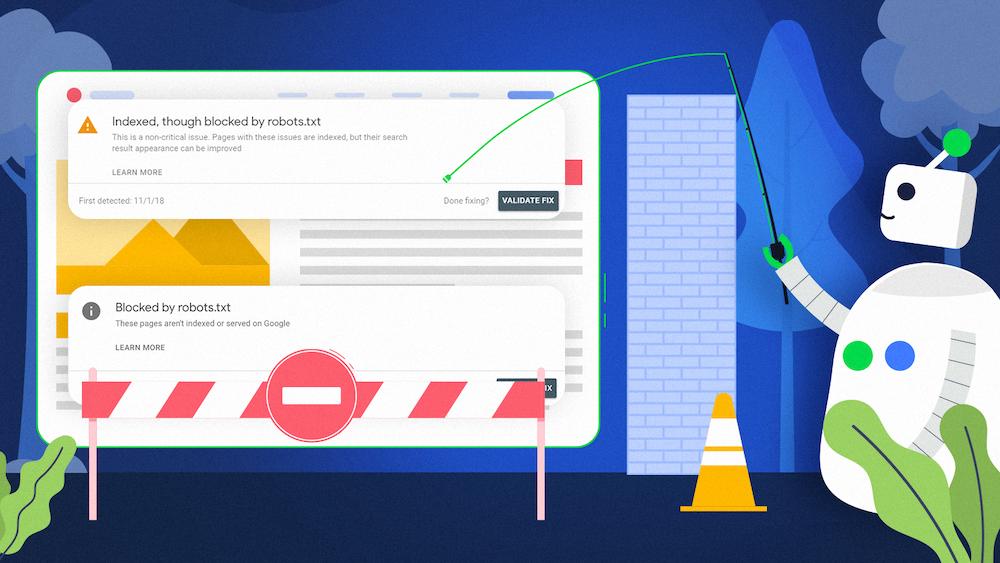Have you ever searched for your website on Google, only to find that it does not show up in the search results? If so, you are not alone. Many website owners ask themselves, “why is my website not on Google?” This is a common problem that can be caused by a number of different factors.
In this article, we will explore 7 technical reasons why your website may not be showing up on Google.
What does it mean when a web page does not show up on Google?
When a web page does not show up on Google, it could mean a variety of things. Usually they fall into one of the following categories:
- Crawling and indexing issues – It is possible that the page has not been indexed by Google yet, which means that it will not appear in search results no matter what keywords are used.
- Ranking issues – The page may be indexed but not ranking well for its target keywords. It will be difficult to find without using search operators, more specific search terms, or brand keywords.
- Quality issues – In some cases, a web page may not show up on Google because it violates Google’s guidelines and has been removed from search results. Other factors include its general content quality and site speed.
Ultimately, if your web page is not showing up on Google, it is important to investigate the possible reasons and take steps to address any issues that may be preventing it from appearing in search results.
Why is my website not on Google? 7 possible reasons
There are countless reasons why your website might not be visible on Google. Here we will take a look at the seven most common answers to the question “why is my website not on Google”.
Your page has not been indexed yet (or has been deindexed)
Indexing problems are a common reason why websites may not be visible on Google search results.
Google uses its algorithm to crawl and index web pages, in a goal to understand and organize the content on the internet. If pages are not crawled and indexed by Google, they will not appear in the search results. In fact, according to Ziptie’s research, 27% of all pages on the web are not in Google databases!
There are several factors that can cause problems with website’s indexing, including poor website structure, duplicate content, slow page load times, and low-quality content.
Do you want to know more about indexing? Check our Ultimate Guide to Indexing SEO!
You can determine if a web page is indexed by search engines in many different ways. We recommend using either Google Search Console’s ‘Coverage’ report or Ziptie.dev.
These tools can indicate whether your pages are indexed or not and provide more specific data about your site’s condition.
Check our article on how to check if the web page is indexed on Google.

A different variant of your page is ranking
One of the answers to the question “why are my pages not showing up on Google” is that Google is ranking a different variant of your page instead of the one you intended.
This can occur if a duplicate or a different language variant of the page is more relevant to the user’s search query. In such cases, Google may choose to show the version of the page that is more relevant to the user’s location or language, even if it is not the version intended to rank.
A common problem behind this is duplicate content. If a website has multiple pages with the same content, Google may choose to index and rank only one of them, as it wants to provide unique and valuable content to its users.
Check our article and learn how to optimize duplicate content for SEO.
Similarly, if there is a different language/region variant of the page, it may rank instead of the intended version.
This is especially true if:
- The user’s search query is in a language other than the language of the page intended to rank. In such cases, Google might choose to show the version of the page that is in the same language as the user’s query, even if it is not the version intended to rank.
- You have two (or more) versions in the same language but created for different regions. For example, the American version and the United Kingdom version.
Such problems may happen even if you have properly implemented hreflang tags or canonicals.
If you have different language/region versions of your content, read our ultimate guide to international SEO.
To ensure that a website appears in the right search results and that the correct version of the page is ranked, it is crucial to have only one version of each page and optimize different language/region versions for proper localization.
Your page was removed by the URL removal tool
The URL removal tool is a feature provided by Google that enables website owners to request the temporary or permanent removal of specific pages from Google search results. This can be useful in situations where a page has been updated or removed, and the owner wants to make sure that search results reflect the latest changes.
However, it is important to use the URL removal tool with caution and only when necessary to avoid unintended consequences.
If you suspect that your page has been permanently removed from Google search results, you can use the tool to request reinstatement.
After the request, your page should be able to appear in Google Search again soon. Unfortunately, there is no official information on how long it takes for Google to cancel a removal – you have to be patient.

On our blog, you can learn how to correctly and safely use the URL Removal Tool in Google Search Console and how to fix “Blocked by page removal tool” in Google Search Console.
Your page is not ranking for any keywords
If your website is not showing up on Google, it is possible that it is buried among millions of pages and not positioned well enough to be visible to potential visitors.
This means that, even though your website exists, it is not appearing in the search engine results pages (SERPs) for relevant keywords and phrases. This could be due to a lack of fundamental SEO or some more advanced problems.
It is important to note that optimizing your website is an ongoing process that requires continuous effort and attention, not a one-off task.
To improve your website’s SEO and increase its chances of appearing on Google, you should focus on several key areas, including keyword research and content creation, onsite optimization, and building a strong backlink profile. You should build your own strategy for each of these areas.
Also, we cannot forget about Technical SEO, which includes implementing a sitemap, robots.txt file, meta tags, and SSL certification, among other things.
These are only a few examples of what technical SEO includes; there is much more to do! You can implement fundamentals by yourself or with the help of your developer, but at some point, you may need support of a technical SEO professional.
If you need help to improve your search visibility, boosting conversions, and providing a better user experience, check out our technical SEO services.
Your page is blocked by the safe search filter
Google’s SafeSearch filter is a feature that allows users to filter out adult content from their search results. When the filter is turned on, users will not see pages that are considered to be adult-only. This is an important tool for protecting minors and ensuring that users can browse the internet safely.
If a page has made it through the SafeSearch filter and is deemed inappropriate or offensive, users can report it using the SafeSearch suggestion tool. This tool allows users to request that a page be filtered out of search results for SafeSearch users.
To see the history of requests that users have made and the status of each request, you can go to the SafeSearch Filtering section in the URL Removal Tool in Google Search Console. Here, you can view a log of user requests and their corresponding status:
- Processing request: Google is currently reviewing the request
- Request canceled: Users have chosen to cancel their request
- Request denied: Google has deemed the content as not being adult-only
- Filtered: Google has approved the request and will not display the page for users with the SafeSearch filter enabled.
If you believe that an approved request is incorrect, you can report it in the Webmaster Forum. This forum allows website owners and SEO professionals to communicate with Google about search-related issues and to request assistance in resolving any issues related to SafeSearch or other search features.
Your website was hit with a manual action
If you are wondering “why my website does not show up on Google”, here is the possible answer: it could be due to a manual action imposed by Google.
Manual actions are applied to websites that:
- Violate Google’s policies and guidelines,
- exploit search algorithms to rank unnaturally high,
- have spammy or harmful content.
Google is committed to raising the quality of search results because it is in its best interest to have more and more satisfied users. However, with the enormous size of the internet, these efforts must be automated. In 2020, manual actions were imposed 2.9 million times, and in 2021, Google caught 200 times more spam sites than at the start of the spam-fighting efforts two decades ago.
There are several types of manual actions that Google can apply and each requires different steps to get your page back to visible on Google. We have written a full article on what manual actions are and how to deal with them – be sure to read it!
We can help you recover your traffic by guiding you on how to adapt your website to comply with Google’s guidelines.
There is a bug on Google’s end
Google has been facing indexing problems for quite some time now, and indexing bugs are not uncommon. These bugs can occur randomly and affect any website regardless of its size, without any fault of the website owner. It happens to us too sometimes!
A bug on Google’s end refers to a malfunction or error in Google’s search algorithms or systems, which can cause a website to not appear in search results even if it meets all the requirements and guidelines set by Google.
The bug can be caused by various factors, such as technical glitches or software updates.
If you suspect a Google bug is causing your website to be excluded from search results, it is important to seek assistance from Google’s support team. They can help identify and diagnose the issue and provide guidance on resolving it. Alternatively, you can submit your website for re-indexing or utilize tools like Google Search Console to monitor your website’s performance and detect any potential issues.
Wrapping up
In conclusion, there are many different reasons why your website may not show up on Google and we have only scratched the surface.
If you are having trouble with website visibility, it is crucial to find the reason why your website does not show up on Google. Start by checking if your scenario is similar to the examples we described.
If you do not understand the core of the problem, it is unlikely you will be able to fix it. Every day your pages are not indexed costs you potential customers or visitors. So, if your website has more complex issues, do not hesitate to seek help from SEO professionals or even Google.

Hi! I’m Bartosz, founder and Head of Innovation @ Onely. Thank you for trusting us with your valuable time and I hope that you found the answers to your questions in this blogpost.
In case you are still wondering how to exactly move forward with your organic growth – check out our services page and schedule a free discovery call where we will do all the heavylifting for you.
Hope to talk to you soon!






